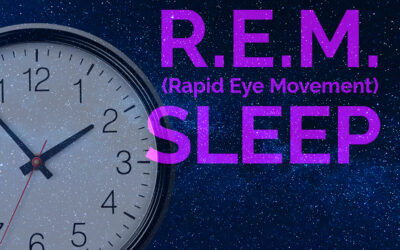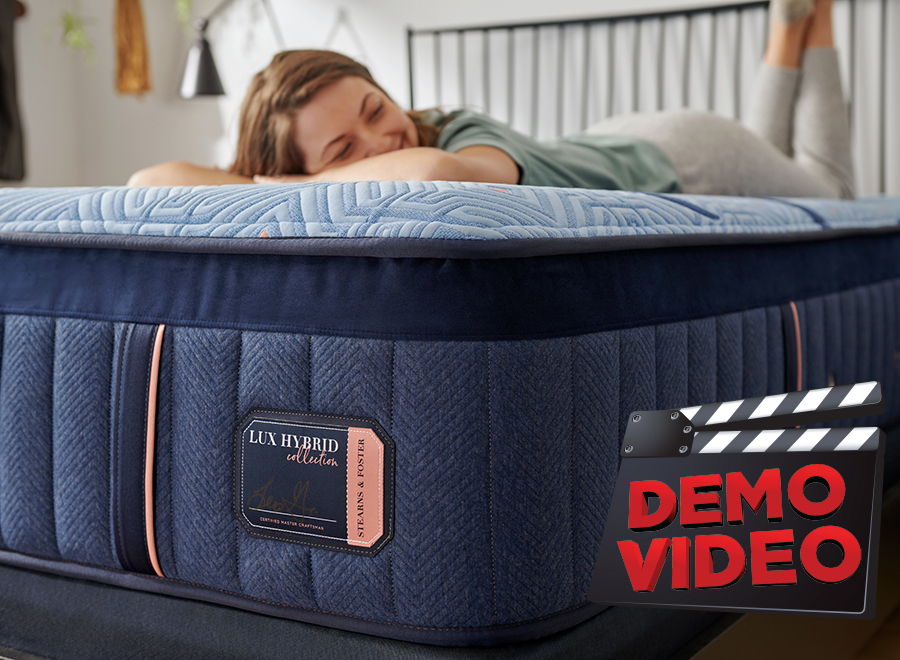
If you’ve ever experienced sneezing, congestion, or itchy eyes that seem to get worse indoors—especially when cleaning, lying in bed, or vacuuming—dust mites might be to blame. These microscopic creatures are a common cause of indoor allergies, affecting millions of people worldwide.
What Are Dust Mites?
Dust mites are tiny arachnids, invisible to the naked eye, that thrive in warm, humid environments. They feed on dead skin cells shed by humans and animals, and they tend to live in places where these skin cells accumulate — like bedding, upholstered furniture, carpets, and curtains.

Contrary to popular belief, it’s not the mites themselves that cause allergic reactions, but proteins found in their waste products and dead body parts. When inhaled, these allergens can trigger reactions in sensitive individuals, particularly those with asthma or other respiratory issues.
Common Symptoms of Dust Mite Allergies
Dust mite allergies can range from mild to severe. Symptoms often include:
- Sneezing
- Runny or stuffy nose
- Itchy or watery eyes
- Coughing
- Postnasal drip
- Facial pressure or pain
- Itchy skin or eczema flare-ups
In individuals with asthma, dust mites can also trigger more serious symptoms such as wheezing, difficulty breathing, chest tightness, or asthma attacks.
Symptoms often worsen during or after cleaning, when dust is disturbed, or at night and early morning after prolonged exposure in bed.
Prevention and Control
While it’s nearly impossible to eliminate dust mites completely, you can take steps to reduce their numbers and your exposure:
Control Humidity:
Dust mites thrive in humidity levels above 50%. Use a dehumidifier or air conditioner to keep indoor humidity between 30–50%.
Use Allergen-Proof Covers:
Encase mattresses, pillows, and box springs in dust mite-proof covers. These prevent mites from entering or escaping.
Wash Bedding Frequently:
Wash sheets, pillowcases, and blankets in hot water (at least 130°F or 54°C) once a week to kill mites.
Remove or Limit Carpets:
If possible, use hardwood or tile flooring, especially in bedrooms. If you have carpets, vacuum them regularly with a HEPA-filter vacuum cleaner.
Clean with Care:
Dust and vacuum frequently using damp cloths or microfiber dusters to trap particles rather than spreading them.
Reduce Clutter:
Minimize items that collect dust, such as stuffed animals, books, and decorative fabric items.
Use HEPA Filters:
Install HEPA filters in your HVAC system or use a HEPA air purifier to trap airborne allergens.
Living with dust mite allergies can be frustrating, especially when symptoms interfere with your sleep or daily comfort. While you could have treatments from an allergy specialist, a mattress protector is the simplest solution. Not only does it prevent dust mites from entering and leaving, but gives you the ability to wash away the filth and mites that may be causing your allergies. Instead of deep-cleaning your mattress, just remove the protector and throw it in the washing machine for a clean, dust-mite-free surface to sleep. There are also more mattress protector benefits we cover in this article.
A combination of these 7 environmental controls can help you significantly reduce symptoms and improve your quality of life. Making your home an allergy-friendly space is the first—and most powerful—step toward breathing easier every day.





